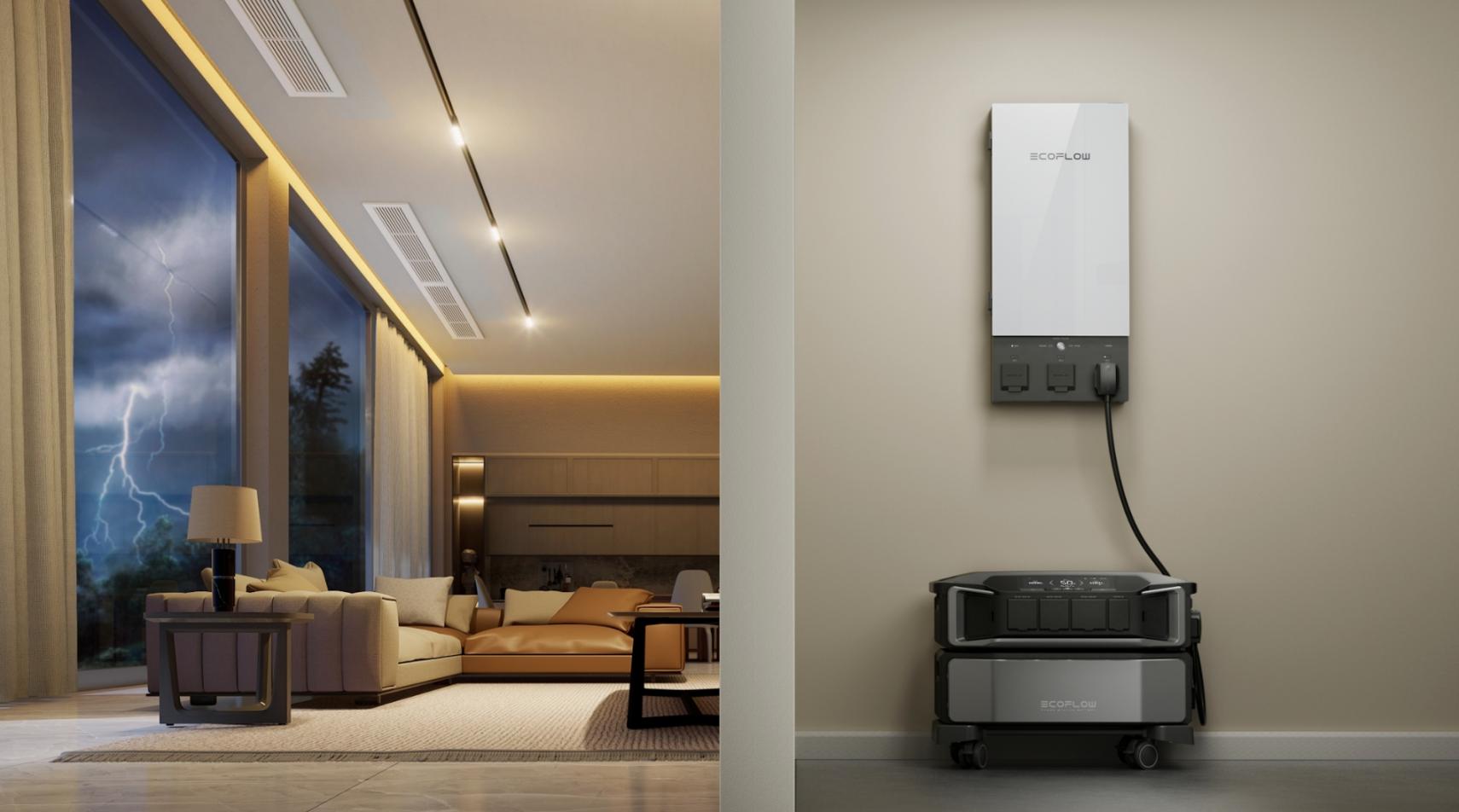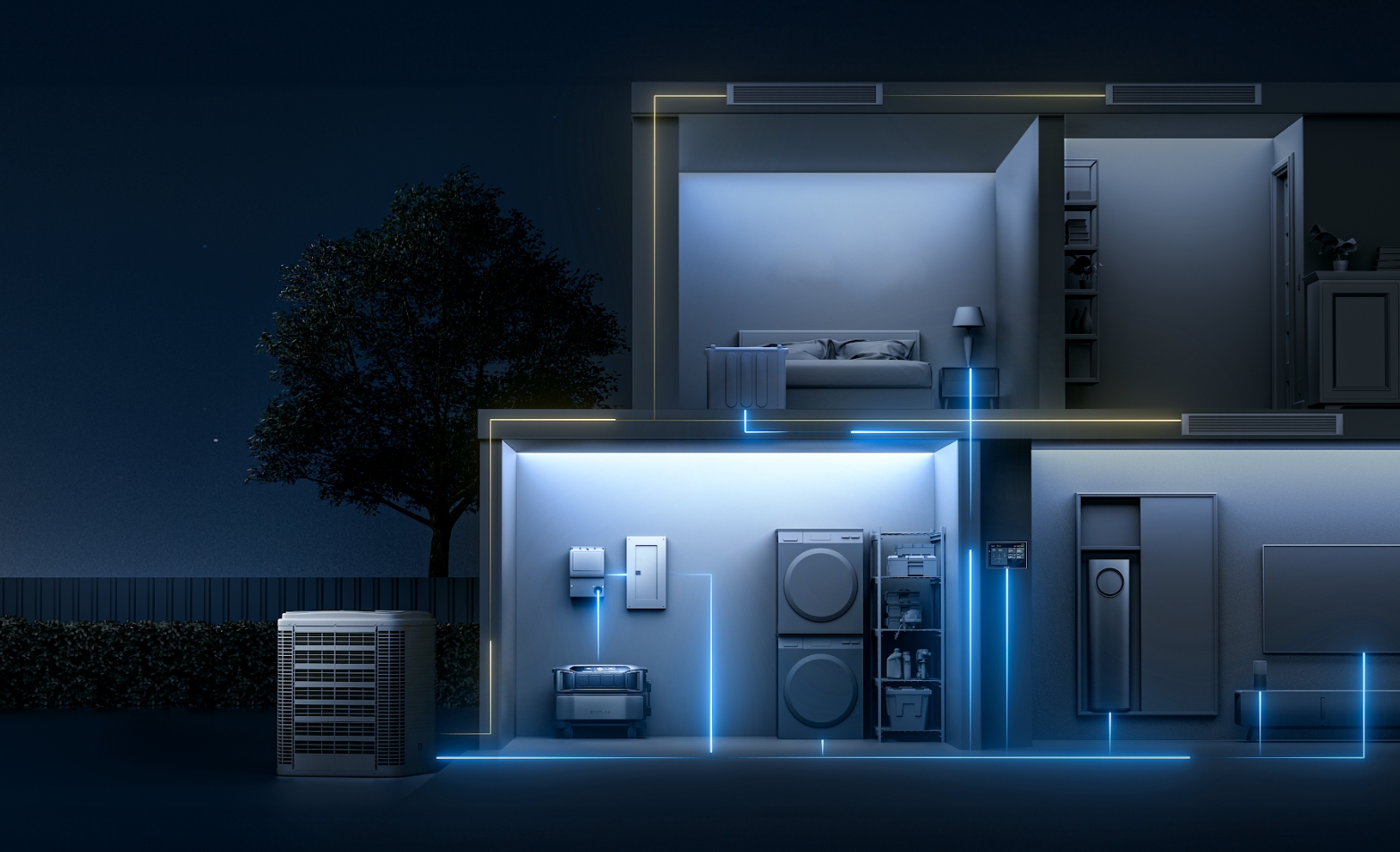- Do You Need 120/240V Split-Phase to Run a House with a Battery Powered Generator?
- How Many kW Do You Need from a Battery Powered Generator for a Two-Story Home?
- How to Calculate Peak kW for Battery Powered Generators: A Quick Worksheet
- How Many kWh Do You Need from a Battery Powered Generator for 24–72 Hours?
- Which Circuits Should a Battery Powered Generator for Home Prioritize?
- How to Connect a Battery Powered Electric Generator Safely in the US
- Battery Powered Generator Size for a Two-Story House
- FAQs
Battery Powered Generator for Home: What Size Do You Need to Power a Two-Story House?
- Do You Need 120/240V Split-Phase to Run a House with a Battery Powered Generator?
- How Many kW Do You Need from a Battery Powered Generator for a Two-Story Home?
- How to Calculate Peak kW for Battery Powered Generators: A Quick Worksheet
- How Many kWh Do You Need from a Battery Powered Generator for 24–72 Hours?
- Which Circuits Should a Battery Powered Generator for Home Prioritize?
- How to Connect a Battery Powered Electric Generator Safely in the US
- Battery Powered Generator Size for a Two-Story House
- FAQs
A two-story home in the US can run on a battery system when sizing is done carefully. The decision hinges on two numbers: kilowatts for what runs at the same time, and kilowatt-hours for how long it runs. A short worksheet turns panel labels into a realistic peak figure, and a 24–72 hour table sets an energy target that fits local weather and routine. With those two numbers in hand, planning becomes calm, costs stay in check, and outage days feel manageable.
Do You Need 120/240V Split-Phase to Run a House with a Battery Powered Generator?
Voltage support decides what you can include. Most US panels carry both 120 and 240 volts for different circuits. Many large appliances sit on 240-volt breakers. Look for a double-pole breaker feeding an oven, clothes dryer, electric water heater, heat pump, or a central AC condenser. If you want any of these online, your battery-powered generator must support 120/240V split-phase, so both hot legs stay live. If your plan is lights, outlets, a refrigerator, Wi-Fi, and a furnace air handler, a 120-volt critical-loads subpanel can work. Decide this first because it shapes every choice that follows.
How Many kW Do You Need from a Battery Powered Generator for a Two-Story Home?
Power in kW decides what can run at the same time. Start with a short list and keep essentials in view. A typical mix is refrigerator, lights, Wi-Fi, a gas furnace air handler, a sump or well pump, and device charging. Then add comfort loads you want during longer outages, such as microwave cooking or a small room air conditioner.
People often ask: Can a battery powered generator run a house? It can when kW matches simultaneous loads and motor starts are planned.
Add headroom for startup. Motors and compressors draw extra current for a few seconds. A soft-start kit on the AC or staged thermostat settings can lower the peak. Aim for a buffer of about 15 to 25 percent above your estimated peak to avoid nuisance trips and voltage dips.


How to Calculate Peak kW for Battery Powered Generators: A Quick Worksheet
A five-minute worksheet turns guesswork into a number. Check appliance labels for watts. If you only see amps, multiply by voltage to get watts.
| Load | Running Watts | Starts at Same Time | Surge Factor | Surge Watts |
| Refrigerator | 200 | Yes | 3x | 600 |
| Lights and outlets (main areas) | 300 | Yes | 1x | 300 |
| Wi-Fi and network | 30 | Yes | 1x | 30 |
| Gas furnace air handler | 500 | Yes | 2x | 1000 |
| Sump or well pump | 800 | No | 3x | 0 |
| Microwave or cooktop (optional) | 1200 | No | 1x | 0 |
| Central AC condenser 3 ton with soft start | 1200 | Yes | 1.5x | 1800 |
How to use it
Mark only the items that start at the same time in a realistic scene.
For motors or compressors, apply a surge factor. With a soft start, you can use a lower factor.
Take the larger of two sums. Sum of running watts for all Yes items, and sum of surge watts for all Yes items.
Add a 15 to 25 percent buffer to the larger result.
In the example, running items total 1930 watts. The surge for the Yes group reaches about 3730 watts. After a 20 percent buffer, plan for roughly 4.5 kW. A battery-powered generator sized around 5 to 6 kW gives room for everyday swings. If you bring the well pump into the Yes group, the peak grows, so use load sequencing to avoid stacking starts.
Tip: Keep a small card on the panel that lists which loads can run together. That card turns sizing into daily habits when the lights go out.
How Many kWh Do You Need from a Battery Powered Generator for 24–72 Hours?
Energy in kWh decides how long you can keep those loads online. The fastest path uses your utility bill. Divide monthly kWh by 30 for a daily baseline. The US average sits near 29 kWh per day under normal living. During an outage, you usually run less. Create an outage plan and estimate a lower number that matches your family’s needs and climate.
Use a simple method. Multiply your target daily use by the number of days you want to cover. Add a margin for inverter losses and cold weather. A 10 to 20 percent margin is common.
Quick planning table
Outage Window | Essential Loads Target kWh per Day | Total kWh Needed |
24 hours | 8 to 12 | 9 to 14 |
48 hours | 8 to 12 | 18 to 27 |
72 hours | 8 to 12 | 27 to 41 |
A two-story home with gas heat and careful use often lands in the lower half. An electric kitchen or electric water heating raises the total. Cooking with resistance heat during an outage pushes kWh up quickly. Many households keep cooking in a microwave and manage hot water with a prior preheat to keep demand modest. For a flexible fit, EcoFlow DELTA 3 Ultra Plus offers 3–11 kWh scalable capacity, so you can start with essential circuits now and extend runtime later as your outage plan evolves.
Which Circuits Should a Battery Powered Generator for Home Prioritize?
Picking circuits in tiers keeps the plan realistic. It also speeds sizing and avoids buying capacity you will not use.
- Tier one. Refrigerator and freezer, lights for main rooms and stairs, Wi-Fi and phone charging, furnace or air handler, well or sump if present, and medical devices.
- Tier two. Microwave or a single induction zone, laundry only if needed, water heater if you lack gas, garage door opener if it is critical for access.
- Tier three. Central AC or a bedroom unit for safe sleep, oven or range, clothes dryer.
List each circuit by breaker name. Mark what must run at the same time. This gives you a clean picture for the kW worksheet and it sets clear expectations for the whole family.
How to Connect a Battery Powered Electric Generator Safely in the US
Connection is where safety and code meet real life. A good plan protects line workers and also protects your panel and appliances. The core idea is simple. Keep the grid isolated during backup and use listed gear that fits your service. The steps below make the process clear and testable.
- Confirm Voltage and Scope: Check your panel for 240-volt circuits. Decide on a critical-loads subpanel plan or a whole-home transfer plan.
- Get Permits and Choose Listed Transfer Gear: Ask your local authority about permits. Select an automatic or manual transfer switch with the right amp rating that isolates the grid and is listed for the task.
- Plan the Interface: Choose the inlet or gateway, breaker size, and conductor size. Keep cable runs compliant and as short as practical.
- Hire a Licensed Electrician for Install and Labeling: A pro mounts the gear, lands conductors to spec, and labels every backed-up circuit for clear operation during outages.
- Commission, Train, and Maintain: Simulate an outage and verify both hot legs if split phase is used. Post simple house rules, test monthly, keep batteries in the recommended temperature range, and confirm monitoring before storm season.
Battery Powered Generator Size for a Two-Story House
Bring the two numbers together and set a clear target. For many two-story homes on a critical-loads plan, the peak sits around 3 to 6 kW. The energy plan often sits around 18 to 30 kWh for two days of careful use. A whole-home plan with managed sequencing often needs 8 to 12 kW for stable starts and 30 to 50 kWh for two days. Central AC can fit into either plan when you use soft start and smart scheduling. If you need electric water heating or electric cooking during an outage, expect higher kW and higher kWh. Measure your panel, write your load list, and build a target that fits your family, climate, and budget. When you’re ready to act, consider EcoFlow DELTA 3 series as your home’s battery backup option.


FAQs
Q1. How long does a typical installation take?
Most projects finish design, permits, installation, and inspection in two to six weeks. Critical-loads subpanels often complete sooner. Whole-home transfer with load management can add time. Many cities allow over-the-counter electrical permits. Schedule utility shutoff windows early. Request a single-line diagram and panel labeling preview from the electrician.
Q2. Where should the battery system be installed for best safety and performance?
Choose a dry, ventilated location with a stable temperature. Common spots are a garage, utility room, or an outdoor weather-rated enclosure. Keep required clearances from walls and ignition sources. Avoid sleeping areas. Protect from direct sun and flooding risk. Follow the equipment manual for venting, spacing, and anchoring details.
Q3. How do temperature extremes change available runtime?
Lithium batteries deliver less energy in cold conditions and may restrict charging below freezing. High heat accelerates aging. Plan for operation near 32 to 86°F. Add a 10 to 20 percent energy buffer for winter. Insulated placement, modest charge and discharge rates, and preheating features help stabilize runtime.
Q4. What incentives are available in the United States?
Stand-alone residential energy storage can qualify for a 30 percent federal tax credit under current law. Several states add rebates or credits. Utility programs may offer time-of-use and demand response savings. Incentive rules change. Confirm eligibility, tax liability, and paperwork requirements with a licensed contractor and a tax professional.
Q5. How long do modern home batteries last, and how should replacement be planned?
Most lithium iron phosphate packs are rated for thousands of cycles and have a service life of commonly around ten to fifteen years, depending on use and temperature. Reserve state-of-charge margins extend life. Keep firmware current and log monthly tests. Budget for a future battery module replacement aligned with warranty terms.